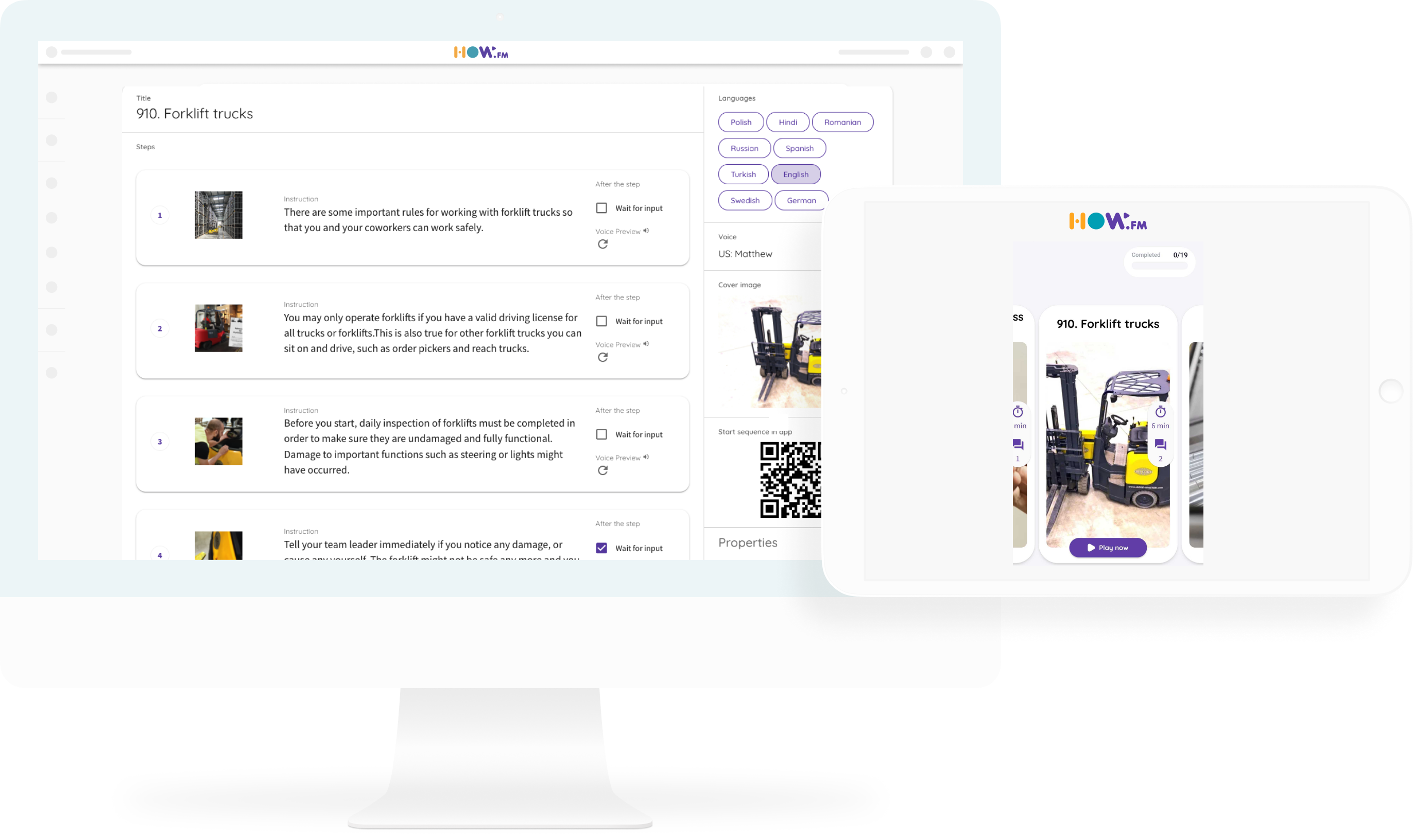Labour shortage is a growing issue in the warehousing industry. Evidence of this is shown in a leaked internal research report from e-comm giant Amazon. The research shows that Amazon could run out of people to hire for their warehouse jobs by as early as 2024. Increased automation and higher wages could be methods that Amazon plans to use to attract workers, although the future is uncertain, especially at the current rate of business.
Though the problem of a warehouse labor shortage isn’t new and got aggravated during the COVID-19 pandemic. Lockdowns and quarantines had many companies shifting gears and having their office staff work from home. However, that wasn’t exactly an option for every company, especially for the warehouse shop floor that relies on physical labor. When businesses had to shut their doors because of the pandemic, many of those workers had to find employment elsewhere.
Even past the height of the pandemic, COVID protocols are still having a profoundly negative impact on staffing for warehouse positions. Across Europe, the warehousing sector is short tens of thousands of workers which is affecting logistics networks. Logistics UK reports that throughout 2021, 13% of businesses reported a “severe” warehouse labor shortage. According to a UK Warehousing Association report, some businesses reported warehouse labor vacancy rates were over 20%.
In an interview with Reuters, Clare Bottle, CEO of the UK Warehousing Association, said her members had reported having to increase pay by between 20% and 30% to secure workers for entry-level jobs. Even with implementing pay raises, in some cases overnight, it is a continuing struggle to fill open positions.
With around 200,000 people employed in warehousing just in the UK, she said: “The problem is big. I would say we’re tens of thousands short.”
Despite the promise of increased pay, warehouse workers are in short supply. Fortunately, there are some effective yet overlooked ways in which warehouse managers can ease the pain of being short-staffed and improve their overall labor pool.
Casting a Wider Net in a Shallow Pool
One of the biggest challenges for warehouses is that many are staffed by older generations that are approaching retirement. However, there isn’t enough of an influx of fresh blood to make up for the loss of seasoned workers. A competitive wage still remains the determining factor for accepting a job according to EmployBridge (Figure 1).
Although there are a number of other strategies being used to attract new talent including:
- Showing warehouse staff a clear career path – this includes providing them with appropriate training that equips them to do their job to the best of their ability.
- Integration of technology which makes tasks easier for employees – technology is only getting more innovative, everyday tasks such as scanning and packaging are helping workers do their job more efficiently.
While these are some very effective strategies, the most powerful tool that warehouse managers can utilize comes in the form of digitalized training methods. When using digital methods such as e-learning platforms and online videos, managers can provide their staff with concise, up-to-date training that can be easily accessed and referenced.
Additionally, digital training methods can be customized to the specific needs of the warehouse and the staff member, providing a more targeted and effective learning experience. In a fast-paced and ever-changing industry like warehousing, having a well-trained workforce is essential to success. By utilizing digital training methods, warehouse managers can ensure that their staff is always prepared to meet the demands of the job.
A report issued by PwC found that 50% of respondents consider the lack of digital culture and training to be the biggest challenge for transportation and logistics. Judging by these findings it is clear there is a huge opportunity for growth by utilizing digital training methods for warehouse staff.
how.fm offers a digital platform that can offer thousands of training templates that are completely customizable for each business. Employees can have instant access to these training sessions in over 30 different languages, and with no need for managerial interference.
How Digitalized Training Can Fix the Labor Shortage
The evolution of technology within the logistics sector over the past few years has been nothing short of incredible. While most of the technological advancements are centered around the actual transportation of goods and the supply chain itself, there are some amazing advancements in the field of digitalized training.
One of the biggest barriers to overcome when hiring is simply the ability to communicate with prospective new hires. Europe officially has 24 different languages, which creates a significant language barrier to hiring beyond country borders, especially in a field that has the potential to attract a great number of people due to relatively low entry requirements. However, having a translator on hand that can not only interview but also train in every one of those languages is not only expensive, but it also might not be possible for every company.
With a digitalized training solution, the language barrier can be overcome without the need to hire an interpreter. By utilizing a sophisticated training system, the training materials can be translated fluently into any language as needed, which opens the door to decidedly more prospects. Thus, making it easier to hire warehouse associates from Poland, Ukraine, or Turkey in Germany, without them requiring to speak German.
Digitalized Training Improves Cross-Training Capabilities
Sometimes it’s not always a matter of needing more people but needing people who are more trained. Using a digital training platform makes it easy for warehouse managers to create and implement new work instructions, which can increase the capabilities and skill sets of the current workforce.
For instance, by using how.fm’s training system, site managers can simply record their shop floor training using an app. These digitalized instructions can then be accessed by workers through the same app. The app would automatically translate these instructions, making them accessible to any employee, regardless of their native tongue.

By creating numerous work instructions for various functions, warehouse workers can become increasingly more effective at their positions and able to perform a wider range of tasks – without relying on the key personnel to answer their questions repeatedly.
Reducing On-boarding and Training Times
Hiring new employees and retraining takes a lot of time and energy. Not to mention the cost associated with the loss of production time for the trainers and wages for new hires as they are brought up to speed. According to a report from the Society for Human Resource Management, it costs an employer $4,129 to hire a new employee on average and takes approximately 42 days to fill an open position.
As noted by the 2018 Training Industry Report, employee training costs decreased to an average of $986 per learner, down from $1,075 in 2017. This is relative to the type of role and the necessary skill sets. Larger organizations spent $1,046 per employee, compared to mid-sized companies at $868 and small companies at $1,096.
You can significantly reduce the amount of time that is spent on training by using a digitalized training platform. Such platforms train workers with easy-to-understand video tutorials and work instructions and show them how to do their job quickly. Logistics leaders like Ingram Micro, Loxxess, and more reported 75% increased efficiency after implementing digitalized training process using how.fm on their shop floor.
You can also down the tedious and time-consuming paperwork by simply digitalizing your training records. It’s easier to maintain and update them at the touch of a few buttons. This is especially important for companies that regularly deal with audits, such as those that maintain an ISO certification.
About how.fm
At how.fm, we empower hands-on training. To support this mission, our highly motivated team works together and applies their expertise in software development, product management, machine learning, customer service, design, and more — to develop the best-in-class warehouse training software.
Everyone gets a chance to learn, regardless of language or prior knowledge. This is how strong teams are built who achieve their goals. With commitment and security.
Book a product demo to learn how we can help you revolutionize the way you train your employees.
*15 minutes; no commitments
